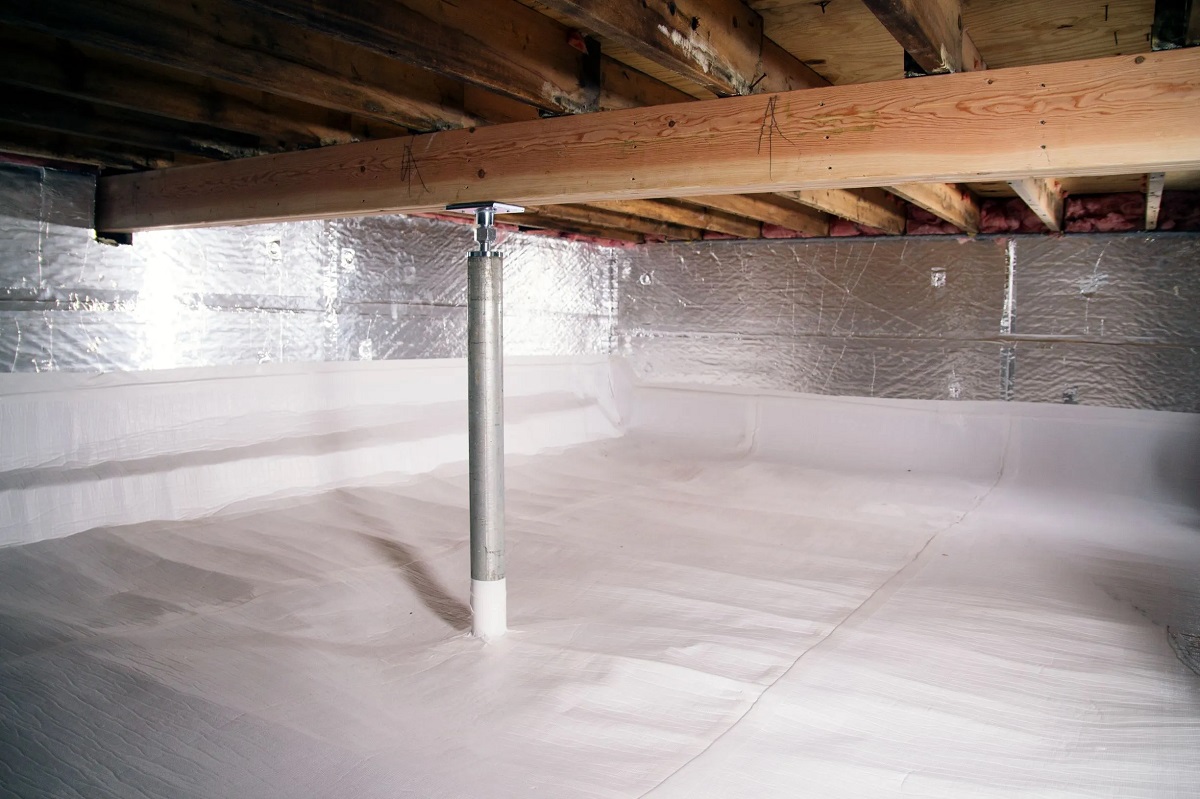

Articles
What Is A Crawl Basement
Modified: December 7, 2023
Learn about crawl basements and their importance in this informative article. Discover tips for maintaining and optimizing crawl spaces for optimal functionality.
(Many of the links in this article redirect to a specific reviewed product. Your purchase of these products through affiliate links helps to generate commission for Storables.com, at no extra cost. Learn more)
Introduction
Basements are an integral part of many residential and commercial properties, providing additional space and functionality. However, not all structures are built with traditional, full-height basements. In some cases, crawl basements are used as an alternative. But what exactly is a crawl basement?
A crawl basement, also known as a crawl space or a low basement, is a shallow and accessible area underneath a building. Unlike full-height basements, crawl basements have a limited vertical clearance, making them suitable only for crawling or crouching. They are typically constructed with a combination of concrete walls or footings and a dirt or gravel floor. While crawl basements may not offer the same amount of space as traditional basements, they serve various purposes and have their unique advantages and disadvantages.
Key Takeaways:
- Crawl basements offer cost-effective utility access, moisture control, and structural support. Regular maintenance and proactive measures are crucial for addressing limited space and potential challenges.
- Despite limited vertical clearance, crawl basements serve as valuable assets for utility access, storage, and structural support. Proper insulation, ventilation, and maintenance are essential for longevity and functionality.
Read more: What Is A Crawl Space Basement?
Definition of Crawl Basement
A crawl basement is a specific type of foundation that is constructed underneath a building. It is characterized by its limited vertical clearance, forcing occupants to crawl or crouch when navigating through the space. Generally, a crawl basement is around 1 to 3 feet in height, with just enough space to access utility lines, pipes, and other essential components of a building’s infrastructure.
Crawl basements are typically found in areas with a high water table or challenging soil conditions. Instead of excavating a full-height basement, which can be more expensive and require extensive engineering, a crawl basement offers a more cost-effective solution. It allows for easier access to utilities and provides a small storage area for items that are not affected by moisture.
The construction of a crawl basement typically involves concrete walls or footings and a dirt or gravel floor. The walls may be reinforced with steel or have insulation added to help regulate the temperature. Access to the crawl basement is usually provided through a small door or hatchway located in the building’s main floor or exterior.
Purpose of Crawl Basements
While crawl basements may not offer the same functionality and space as full-height basements, they serve several important purposes in building design and construction. Here are some key purposes of crawl basements:
- Utility Access: One of the primary purposes of crawl basements is to provide easy access to utility lines, plumbing, electrical wiring, and HVAC systems. By placing these essential components in the crawl basement, they can be easily maintained, repaired, or upgraded without the need for extensive excavation or disruption to the main living or working spaces.
- Moisture Control: Crawl basements can help control moisture levels in a building. By raising the structure slightly above the ground, crawl basements create a barrier between the foundation and the soil, minimizing the risk of water intrusion and potential water damage. Additionally, crawl basements can be equipped with vapor barriers and proper insulation to further protect against moisture issues.
- Additional Storage: While not as spacious as traditional basements, crawl basements can still provide a valuable storage area for items that are not sensitive to moisture. Homeowners can store seasonal items, tools, or other belongings in the crawl basement, freeing up space in the main living areas.
- Structural Support: Crawl basements also contribute to the overall structural integrity of a building. The additional space underneath the structure provides support and stability, especially in areas where the soil is prone to shifting or settlement. The crawl basement acts as an intermediary between the foundation and the ground, distributing the weight of the building more evenly.
While these are some of the primary purposes of crawl basements, their specific use may vary depending on the needs and requirements of the building. Architects and builders take into consideration factors such as climate, soil conditions, and local building codes to determine the most suitable type of foundation, whether it be a crawl basement or a traditional full-height basement.
Pros and Cons of Crawl Basements
Like any building feature, crawl basements come with their own set of advantages and disadvantages. Understanding these pros and cons can help property owners make informed decisions regarding the utilization of crawl basements. Here are the main pros and cons to consider:
Pros:
- Cost-effective: Crawl basements are generally less expensive to construct compared to full-height basements. They require less excavation and fewer materials, resulting in cost savings during the construction process.
- Utility Access: Crawl basements provide convenient access to utility lines, electrical wiring, plumbing, and HVAC systems. This accessibility makes maintenance, repairs, and upgrades easier and more efficient.
- Moisture Control: Elevated off the ground, crawl basements can help prevent moisture infiltration and minimize the risk of water damage. By implementing proper moisture control measures, such as vapor barriers and insulation, the crawl basement can contribute to a drier and healthier living environment.
- Structural Support: The presence of a crawl basement can enhance the stability and structural integrity of a building, particularly in areas prone to shifting soils or ground settlement. The crawl basement acts as a buffer between the foundation and the ground, distributing the building’s weight more evenly and reducing the risk of structural issues.
Read more: How To Turn Crawl Space Into Basement
Cons:
- Limited Space: Crawl basements have a shallow vertical clearance, restricting their use to crawling or crouching. As a result, they cannot be utilized as livable space or for storage of large items. Compared to full-height basements, crawl basements offer significantly less space.
- Potential for Moisture Issues: While crawl basements can help control moisture, they are still more susceptible to moisture-related problems compared to fully enclosed basements. Without proper insulation, ventilation, and drainage systems, crawl basements may experience higher humidity levels and the potential for mold growth and water damage.
- Pest Intrusion: The openness of crawl basements makes them more prone to pests such as rodents, insects, and small animals. Proper sealing and regular inspections are necessary to prevent or address any pest issues that may arise.
- Maintenance Challenges: Due to their limited accessibility, maintenance and repairs in crawl basements can be more challenging compared to fully accessible basements. This can result in higher costs and more time-consuming efforts when addressing issues or conducting routine inspections.
It is essential to weigh these pros and cons against the specific needs and requirements of the property to determine whether a crawl basement is the most suitable option.
Common Uses for Crawl Basements
While crawl basements may not have the same amount of usable space as full-height basements, they can still serve a variety of purposes. Here are some common uses for crawl basements:
- Utility Room: One of the primary uses for crawl basements is to house utility equipment and systems. This includes water heaters, electrical panels, HVAC units, and plumbing connections. The crawl basement provides a convenient and accessible location for these essential components, making maintenance and repairs easier.
- Storage Space: Despite its limited space, a crawl basement can offer additional storage options. Items that are not sensitive to moisture, such as seasonal decorations, outdoor furniture, or small tools, can be safely stored in the crawl basement, freeing up space in other areas of the property for more frequently used belongings.
- Insulation and Air Circulation: Crawl basements can also be used to improve the overall insulation and ventilation of a building. By insulating the walls and sealing any gaps, crawl basements can help regulate temperature and prevent drafts. Additionally, proper air circulation in the crawl basement can contribute to a healthier indoor environment by reducing humidity and preventing the buildup of stagnant air.
- Pest Control: Crawl basements can be used as a strategic measure to combat pests. By regularly inspecting and maintaining the crawl basement, property owners can identify and address potential entry points for pests. Installing barriers, sealing cracks, and using pest control measures can help prevent infestations and protect the integrity of the building.
- Access to Structural Components: Crawl basements allow for easy access to structural components of a building, such as beams, joists, and foundation walls. This accessibility makes it simpler to inspect these components for any signs of damage or wear and tear, ensuring the overall stability and safety of the structure.
These common uses highlight the versatility of crawl basements despite their limited space. By maximizing the functionality of the crawl basement, property owners can make the most of this area while ensuring its practicality and convenience.
Construction and Design of Crawl Basements
The construction and design of crawl basements require careful consideration of several factors, such as soil conditions, building codes, and the intended use of the space. Here are the key aspects involved in the construction and design of crawl basements:
Foundation:
The foundation of a crawl basement typically consists of concrete footings or walls. These footings provide stability and distribute the weight of the building evenly over the soil. Concrete walls around the perimeter of the crawl basement help prevent soil erosion and provide structural support. Depending on the building codes and soil conditions, these walls may need to be reinforced with steel or incorporate additional measures for stability and durability.
Read more: How Much To Turn Crawl Space Into Basement
Flooring:
The flooring of a crawl basement is typically made of dirt or gravel. This type of flooring allows for proper drainage and helps to control moisture levels. It is essential to ensure that the ground underneath the crawl basement is properly leveled and compacted to prevent sinking or shifting of the flooring over time. Some crawl basements may incorporate a poured concrete or concrete block floor for enhanced stability and to create a sealed space.
Access Points:
Crawl basements require access points for maintenance, repairs, and inspections. These access points are typically in the form of small doors or hatches located within the building’s main floor or on the exterior. The access points should be properly sealed and secure to prevent moisture intrusion or pest entry. Depending on the size and design of the crawl basement, more than one access point may be required for easy navigation and convenient access to different areas of the space.
Insulation and Ventilation:
Insulation and ventilation are crucial considerations when designing a crawl basement. Insulation helps regulate the temperature and control energy loss, while ventilation ensures proper air circulation to prevent the buildup of moisture and stagnant air. Insulating the walls and ensuring they are properly sealed can help create a more energy-efficient and comfortable crawl basement. Ventilation can be achieved through vents, fans, or passive airflow systems, depending on the specific requirements of the crawl basement.
It is important to consult with architects, engineers, and contractors experienced in crawl basement construction to ensure compliance with building codes and regulations specific to the region. Working with professionals will help ensure the optimal design and construction of a crawl basement that meets the individual needs and expectations of the property owner.
Maintenance and Upkeep of Crawl Basements
Regular maintenance and proper upkeep of crawl basements are essential to ensure their functionality, longevity, and prevent potential issues. Here are some key aspects to consider when it comes to maintaining and upkeep of crawl basements:
Read more: What Is A Crawl Space?
Moisture Control:
Moisture control is crucial in crawl basements to prevent water damage and the growth of mold or mildew. Regularly inspect the crawl basement for any signs of moisture, such as water stains or dampness. Ensure that any cracks or gaps in the walls or floor are properly sealed to prevent water intrusion. Implement measures such as installing a vapor barrier, dehumidifiers, or improving ventilation to reduce humidity levels.
Pest Prevention:
Crawl basements are more susceptible to pests, so it is important to take steps to prevent infestations. Regularly inspect the crawl basement for any openings or cracks that pests could use to enter. Seal any gaps in the walls or doors and consider installing screens or mesh to cover vents and access points. Consult with a professional pest control service for preventive measures to keep pests at bay.
Insulation and Ventilation:
Maintaining proper insulation and ventilation in the crawl basement is essential for comfort and structural integrity. Inspect insulation for any signs of damage or deterioration and replace as needed. Ensure that vents, fans, or airflow systems are working efficiently to provide adequate fresh air circulation. Clean or replace air filters regularly to ensure proper airflow.
Regular Inspections:
Perform regular inspections of the crawl basement to identify any signs of structural damage, leaks, or wear and tear. Look for cracks in the walls or floor, signs of moisture, or any pests. Pay attention to the condition of pipes, electrical wiring, and HVAC systems. Address any issues promptly to prevent further damage or deterioration.
Read more: What Is A Crawl Space Foundation
Professional Maintenance:
In addition to regular inspections, consider scheduling professional maintenance for your crawl basement. Engage experts to assess the condition of the crawl basement, check for any hidden issues, and provide recommendations for repairs or improvements. Professional maintenance can also include cleaning, pest control treatments, and addressing any specific concerns related to your crawl basement.
By implementing a proactive approach to maintenance and upkeep, you can ensure the longevity and functionality of your crawl basement. Regular inspections, addressing issues promptly, and engaging professional help when needed will help maintain a safe and healthy environment in your crawl basement.
Issues and Challenges with Crawl Basements
While crawl basements can offer various benefits, they also come with their own set of challenges and potential issues. Understanding these challenges is crucial for proper planning and maintenance of your crawl basement. Here are some common issues and challenges associated with crawl basements:
Moisture and Water Intrusion:
One of the primary challenges with crawl basements is the potential for moisture and water intrusion. Due to their location close to the ground, crawl basements are more susceptible to groundwater seepage and flooding. This moisture can lead to mold growth, rotting of wooden support beams, and damage to insulation and other materials. Implementing proper moisture control measures, such as sealing cracks, installing vapor barriers, and improving drainage systems, is essential to mitigate these challenges.
Pest Infestations:
Crawl basements are often more accessible to pests such as rodents, insects, and small animals. Gaps or openings in the crawl basement walls or improperly sealed access points can provide entry for these pests. Regular inspections and preventive measures, such as sealing gaps, installing screens, and implementing pest control treatments, are necessary to prevent infestations and protect the integrity of the crawl basement.
Read more: What Is A Crawl Space In A House
Limited Access:
The limited vertical clearance of crawl basements presents a challenge when it comes to accessing and navigating the space. This can make routine inspections, maintenance tasks, and repairs more challenging, especially for larger components such as HVAC systems or plumbing. Ensuring that crawl basement access points are well-designed, easily accessible, and properly sized is crucial to overcome this challenge.
Insulation and Ventilation:
Maintaining proper insulation and ventilation in crawl basements can be challenging due to their unique design and limited space. Inadequate insulation can lead to heat loss, energy inefficiency, and discomfort. Poor ventilation can result in elevated humidity levels, which can contribute to mold growth and deterioration of materials. Regular monitoring, proper insulation installation, and ventilation upgrades are necessary to address these challenges.
Maintenance and Repairs:
Due to the limited access and confined space, maintenance and repairs in crawl basements can be more time-consuming and costly compared to fully accessible basements. This can make it more challenging to address issues promptly and may require engaging professional help for more complex repairs. Regular inspections, proactive maintenance, and working with experienced contractors familiar with crawl basement maintenance are essential to effectively deal with these challenges.
By understanding these issues and challenges, property owners can take the necessary steps to design and maintain their crawl basements properly. Proper moisture control, ventilation, pest prevention, and regular inspections will help mitigate issues and ensure the longevity and usability of crawl basements.
Conclusion
Crawl basements provide an alternative solution to traditional full-height basements, offering unique benefits and considerations for property owners. While they may have limited vertical clearance, crawl basements serve important purposes such as providing access to utilities, controlling moisture, and offering additional storage space. They contribute to the overall structural integrity of a building and can be a cost-effective option in areas with challenging soil conditions or high water tables.
However, crawl basements also come with their own set of challenges. Moisture control, pest prevention, limited access, and insulation are among the issues that property owners need to address to maintain a functional and safe crawl basement. Regular inspections, proactive maintenance, and engaging professionals when needed are essential in overcoming these challenges and ensuring the longevity of the crawl basement.
When considering the construction and design of crawl basements, it’s important to consult with architects, engineers, and contractors experienced in crawl basement construction. Their expertise will help ensure compliance with building codes, proper insulation and ventilation, and the appropriate access points for easy maintenance and repairs.
By understanding the pros and cons of crawl basements, property owners can make informed decisions based on their specific needs and requirements. Whether it’s for utility access, additional storage, or structural support, crawl basements can serve as valuable assets in any building design.
In conclusion, crawl basements offer a practical and cost-effective solution for properties in need of a foundation with limited vertical clearance. With proper maintenance, moisture control, and attention to insulation and ventilation, crawl basements can provide functionality, protection, and stability for years to come. By taking a proactive approach to crawl basement maintenance and addressing any issues promptly, property owners can ensure the longevity and usability of this unique foundational feature.
Frequently Asked Questions about What Is A Crawl Basement
Was this page helpful?
At Storables.com, we guarantee accurate and reliable information. Our content, validated by Expert Board Contributors, is crafted following stringent Editorial Policies. We're committed to providing you with well-researched, expert-backed insights for all your informational needs.
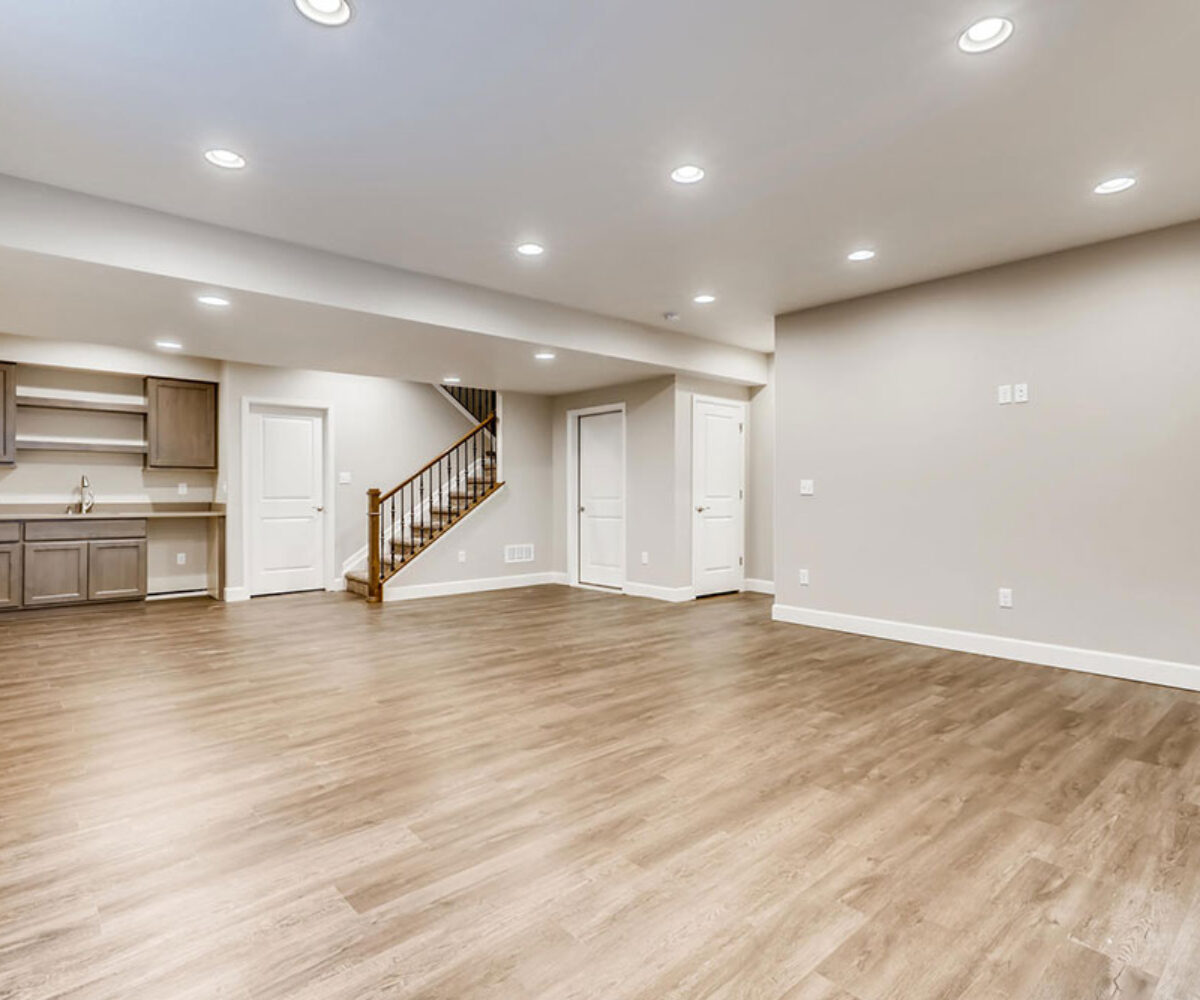
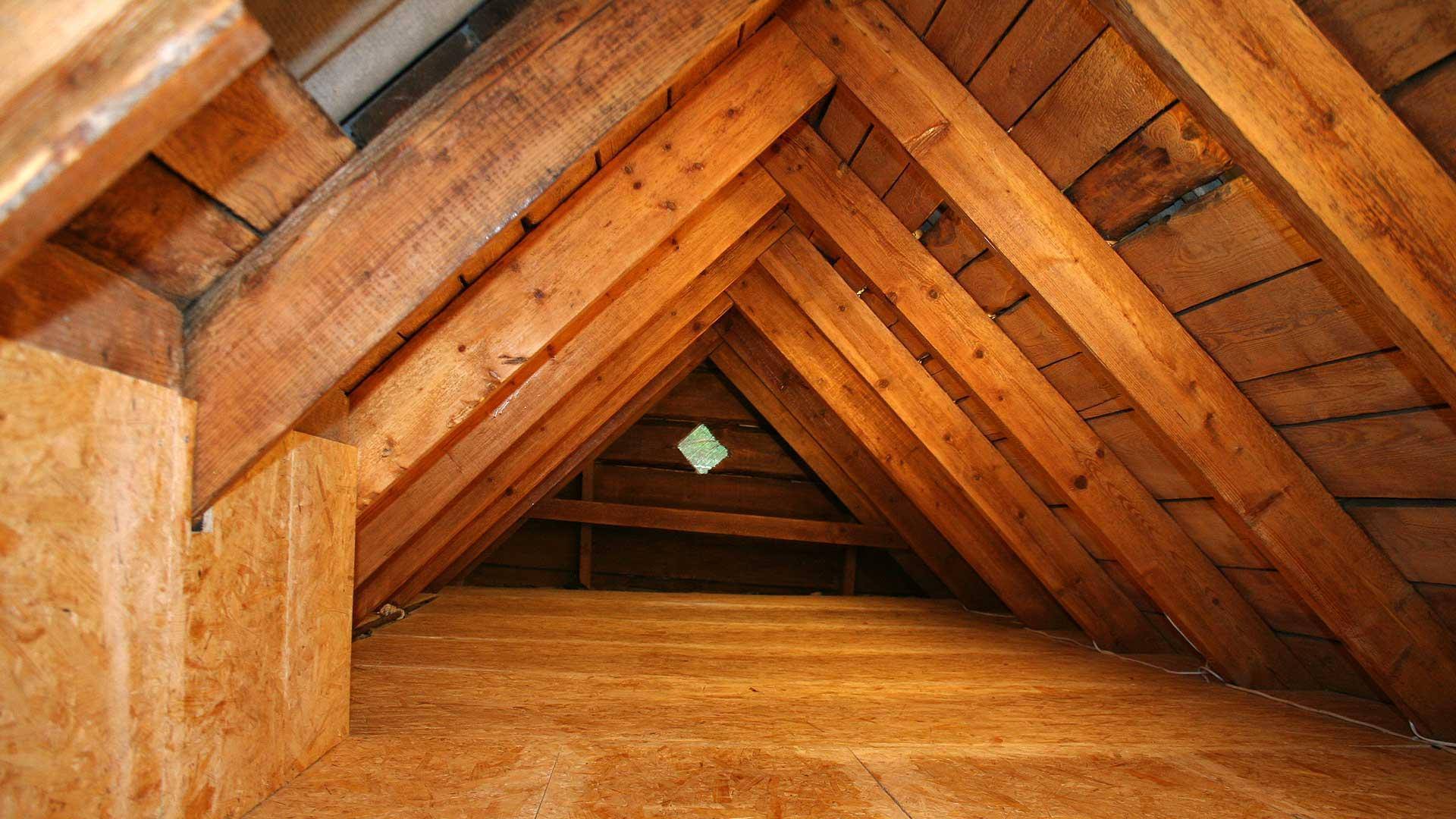
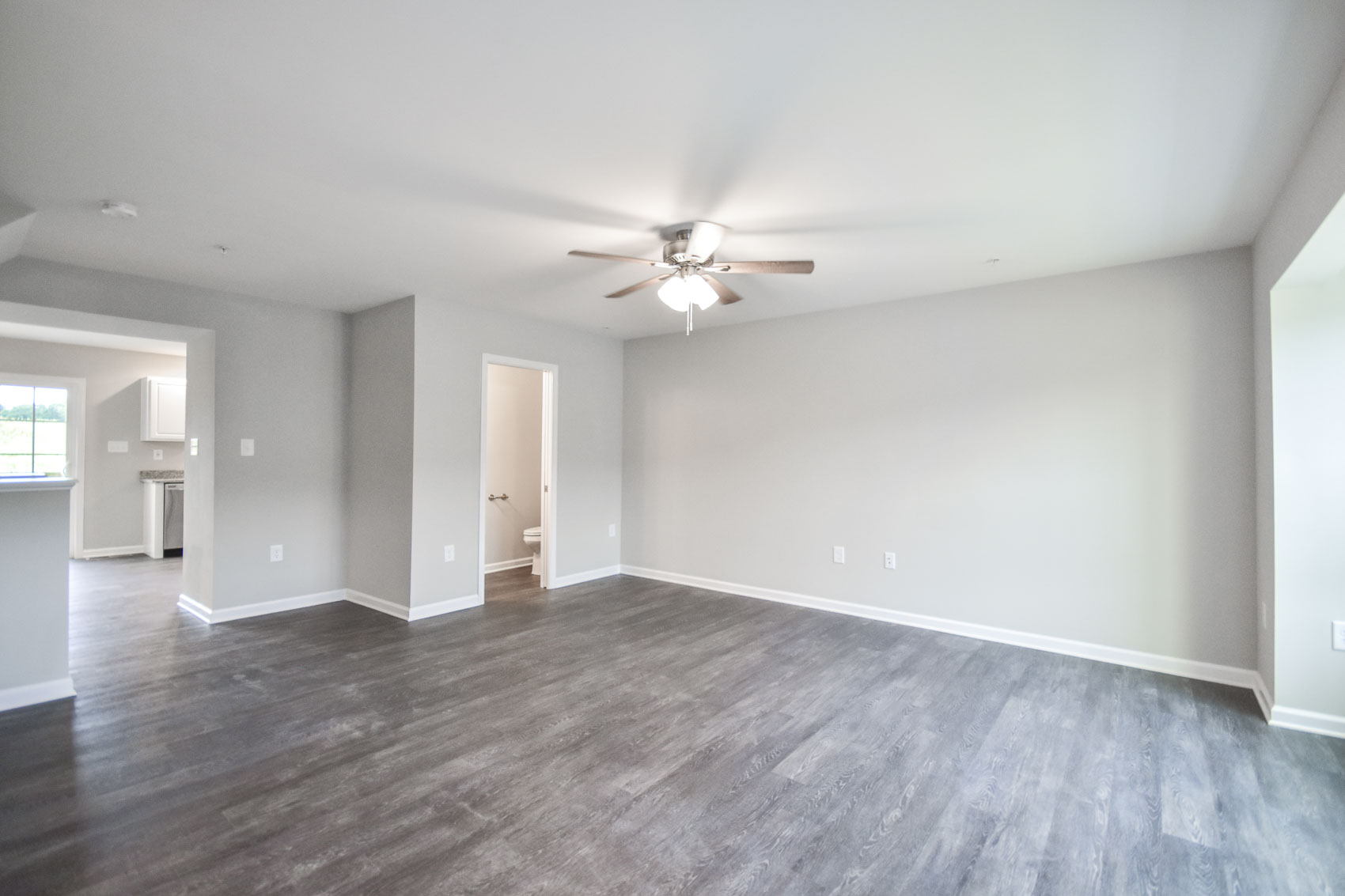

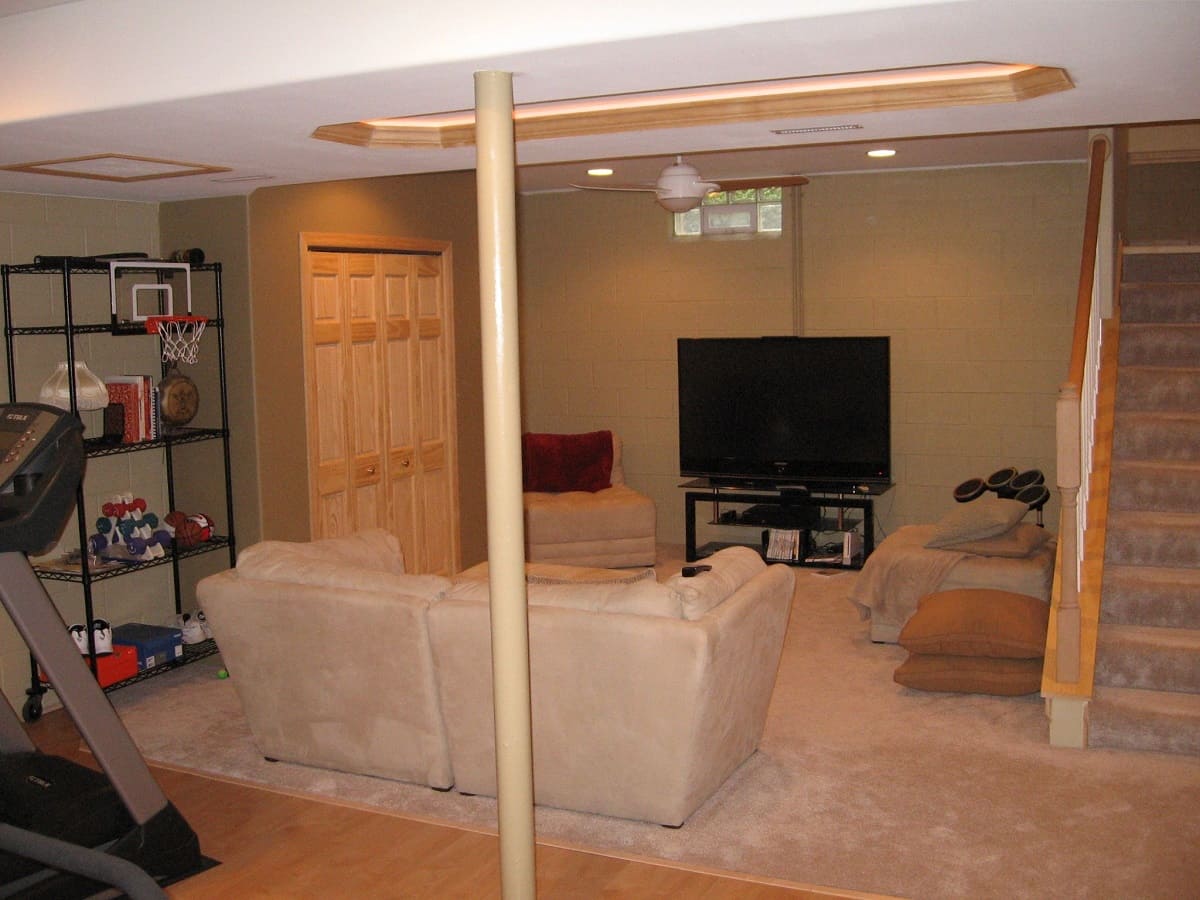
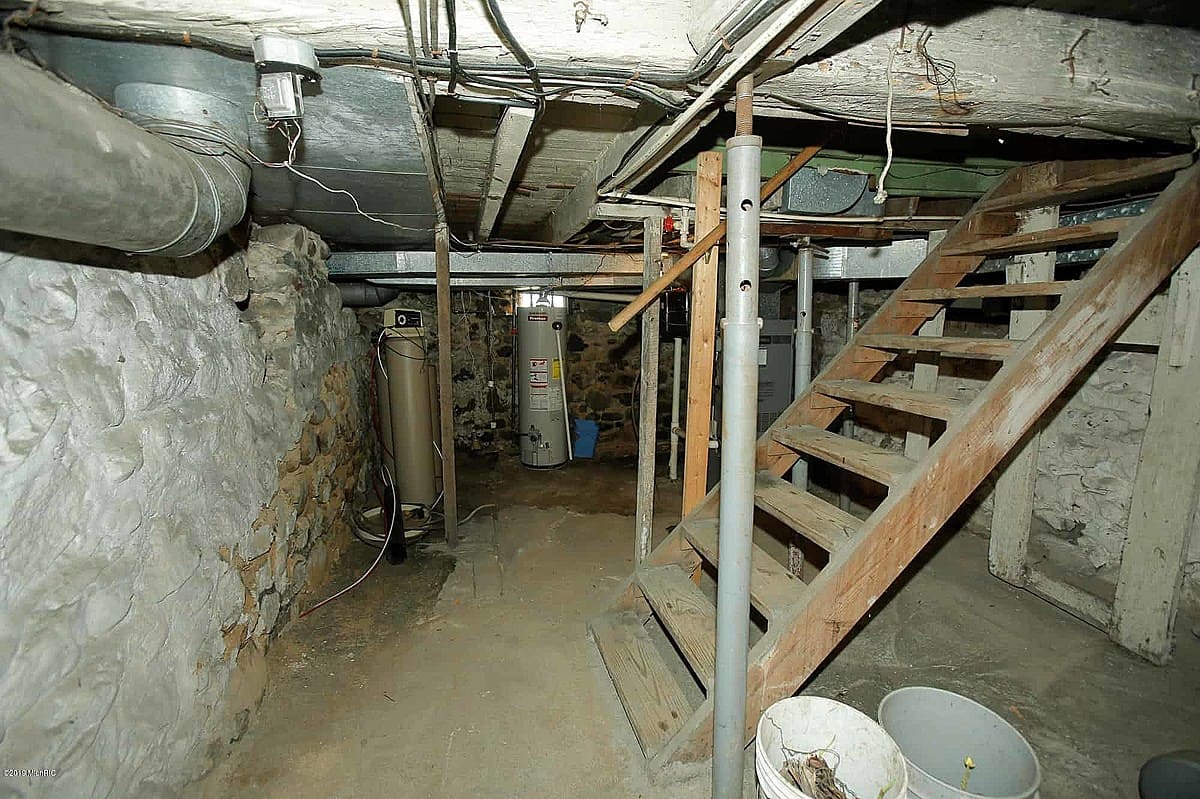
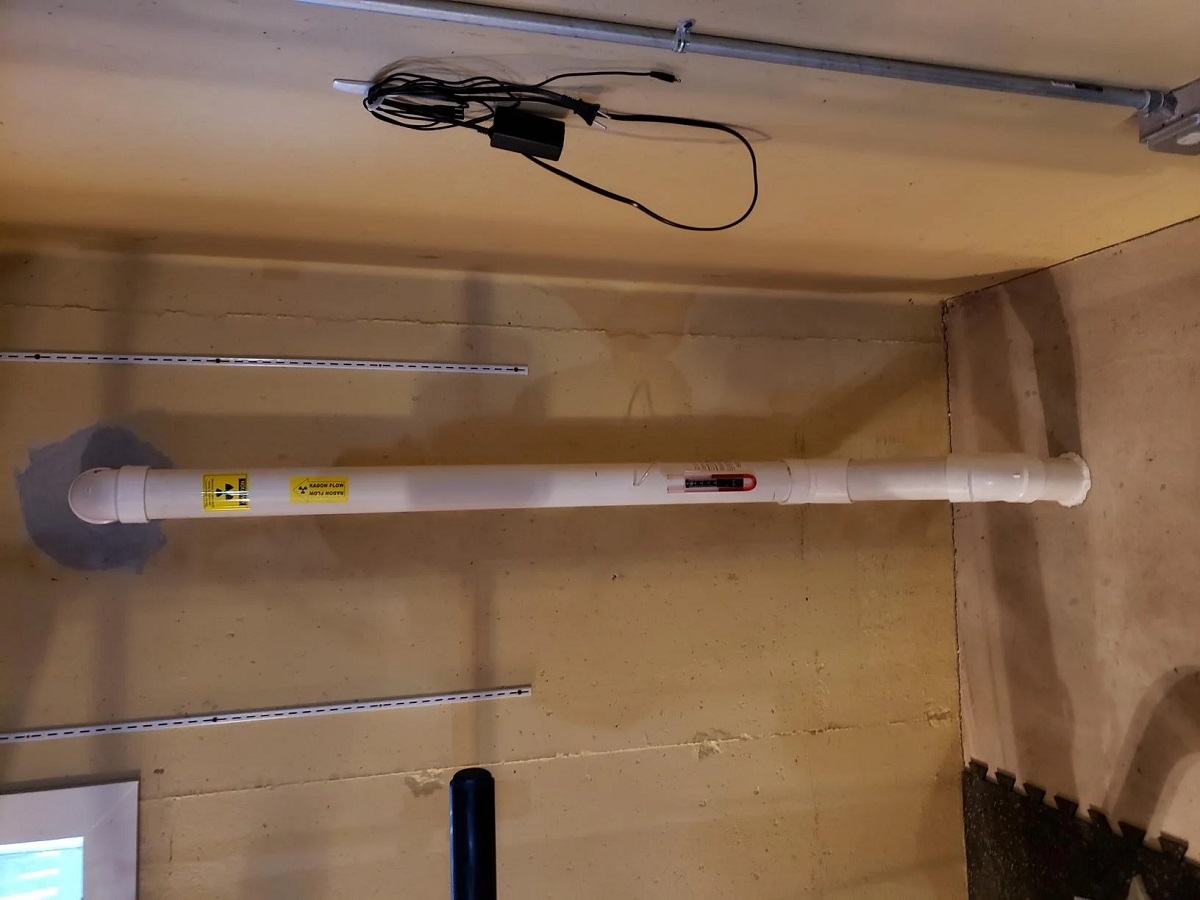
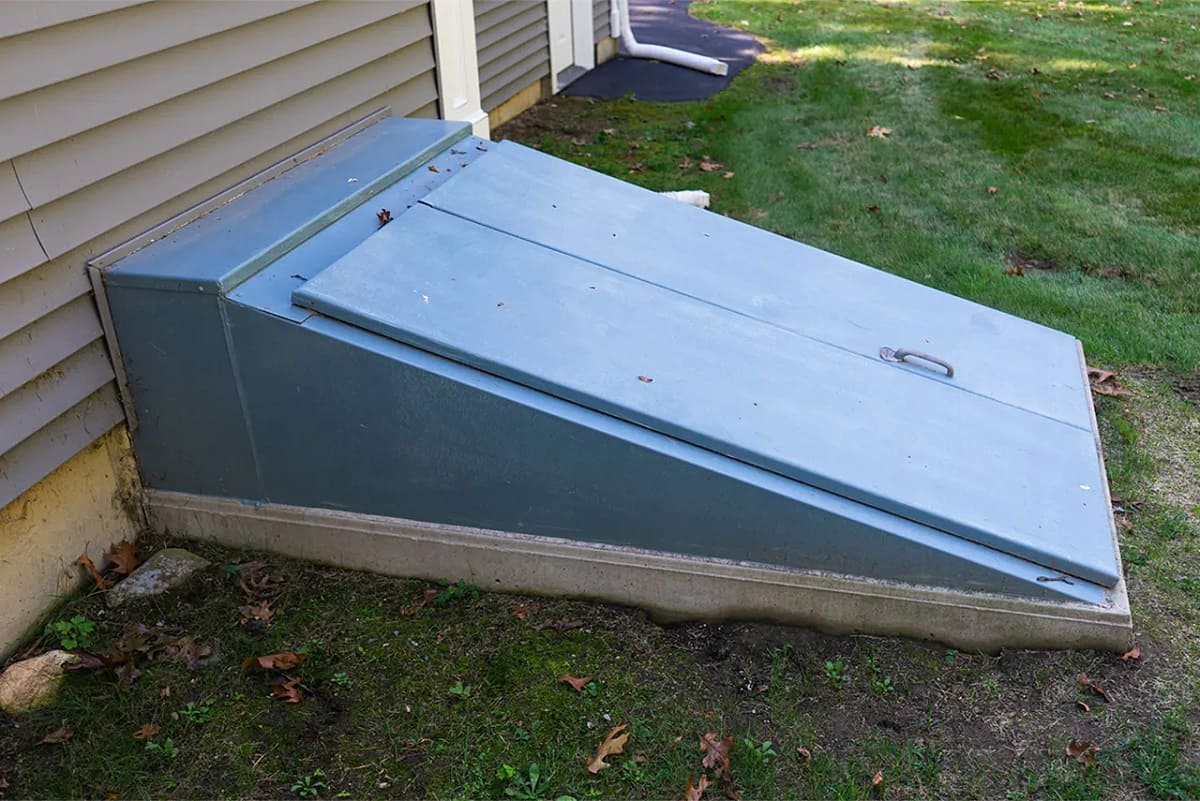
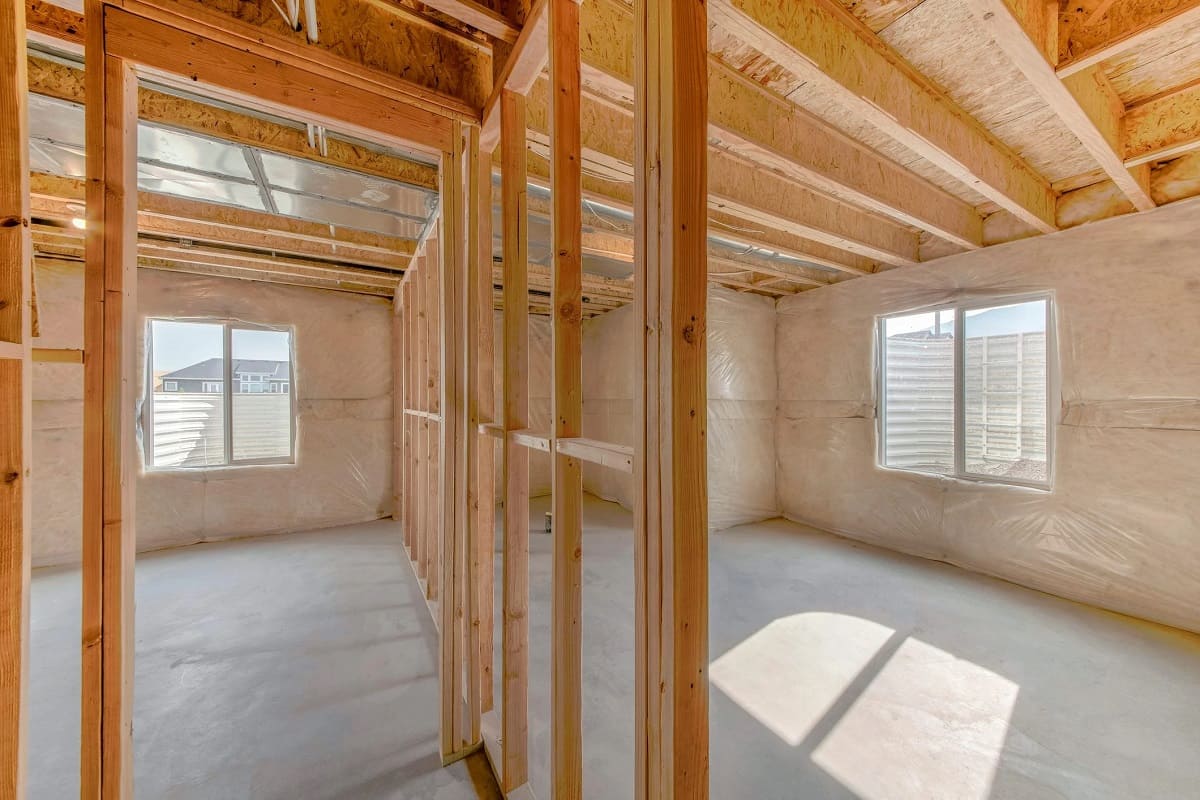
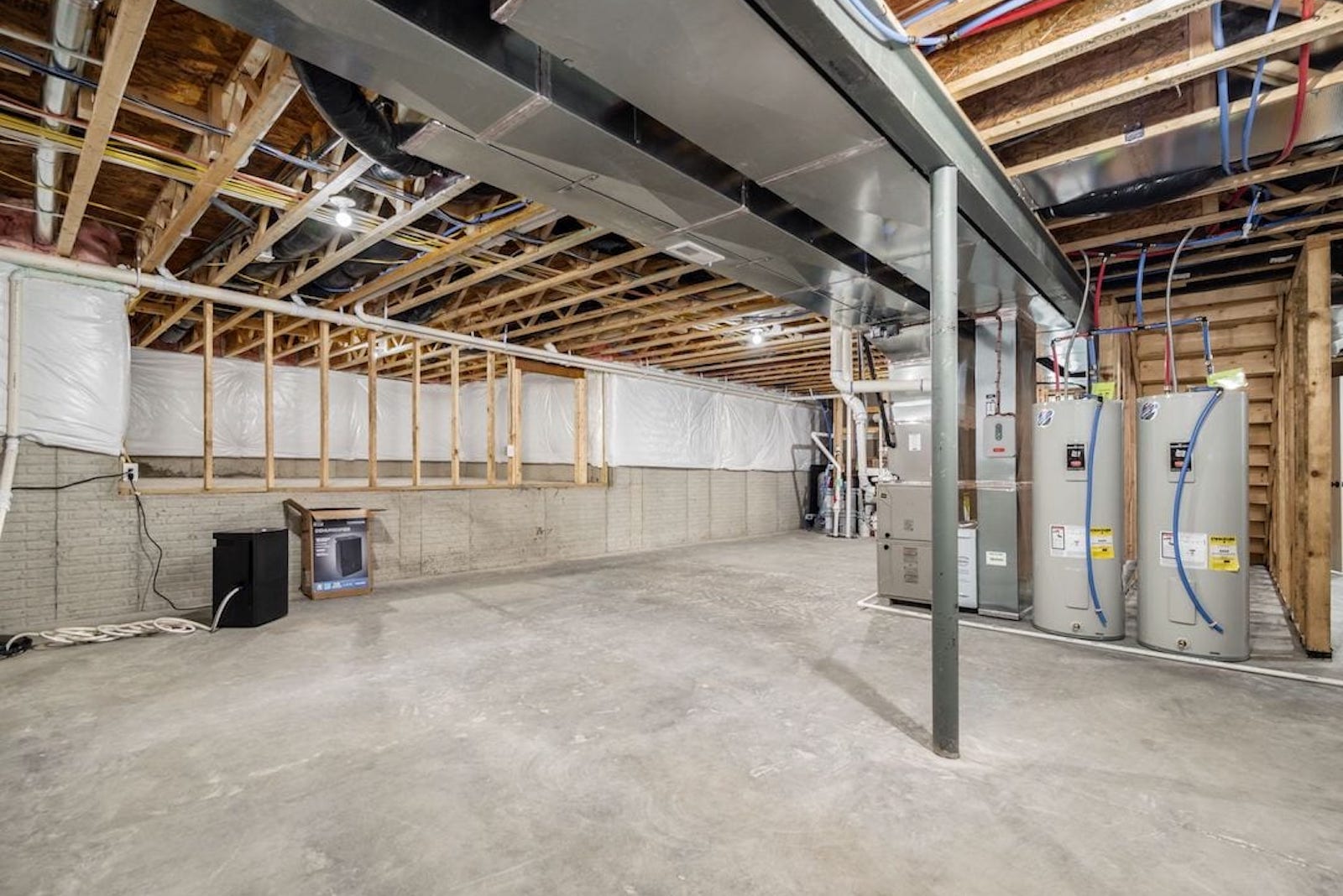

0 thoughts on “What Is A Crawl Basement”